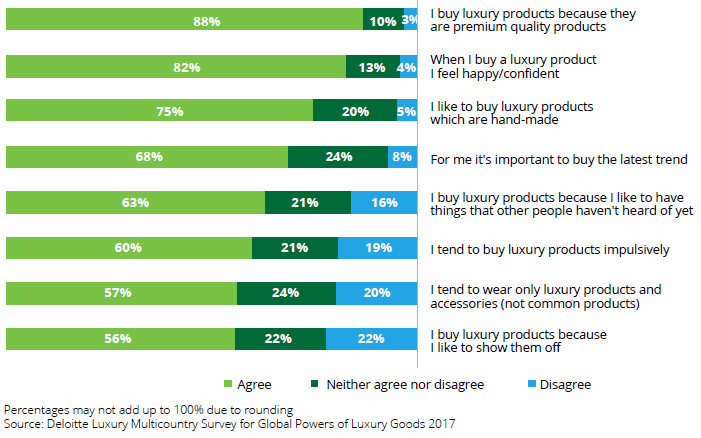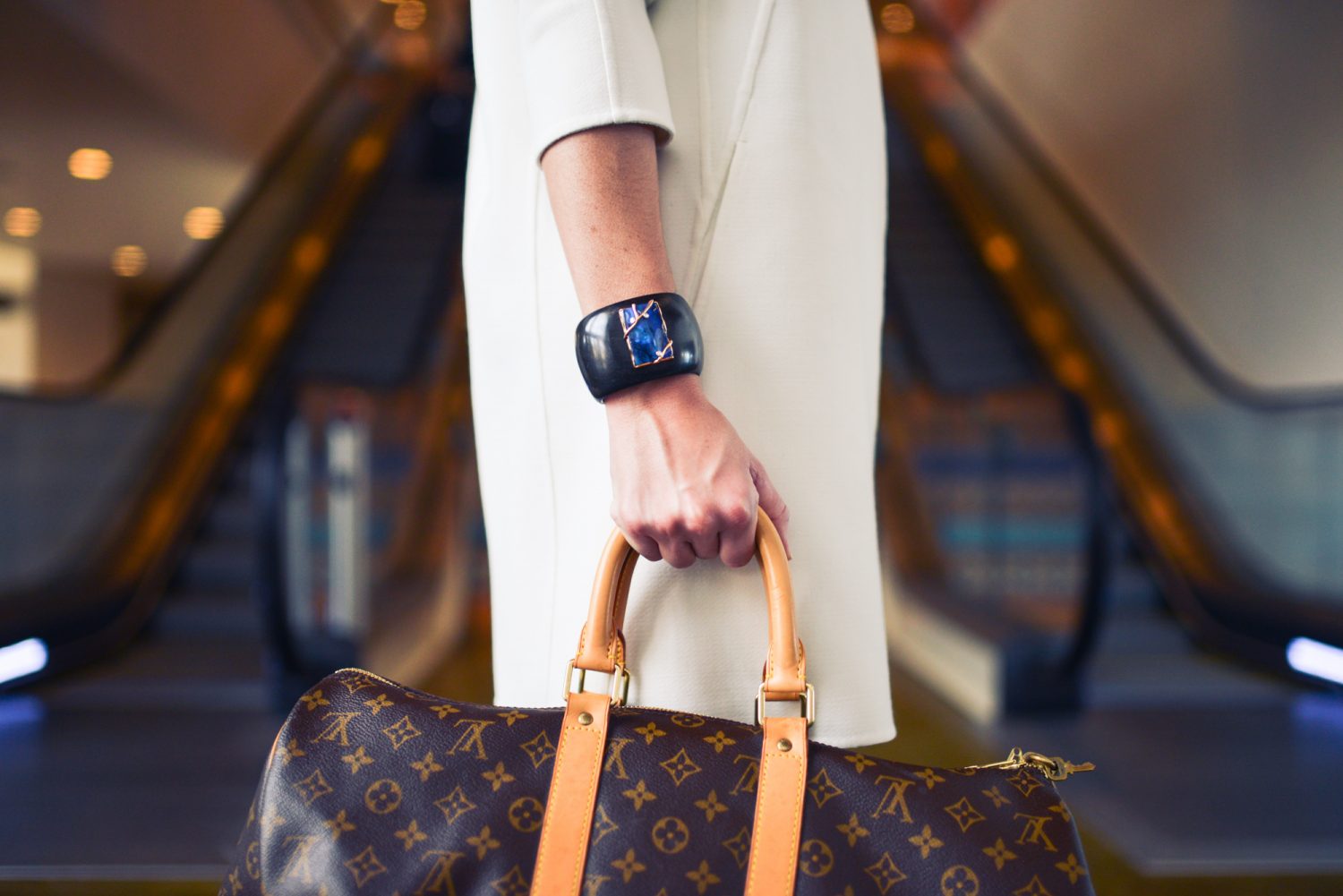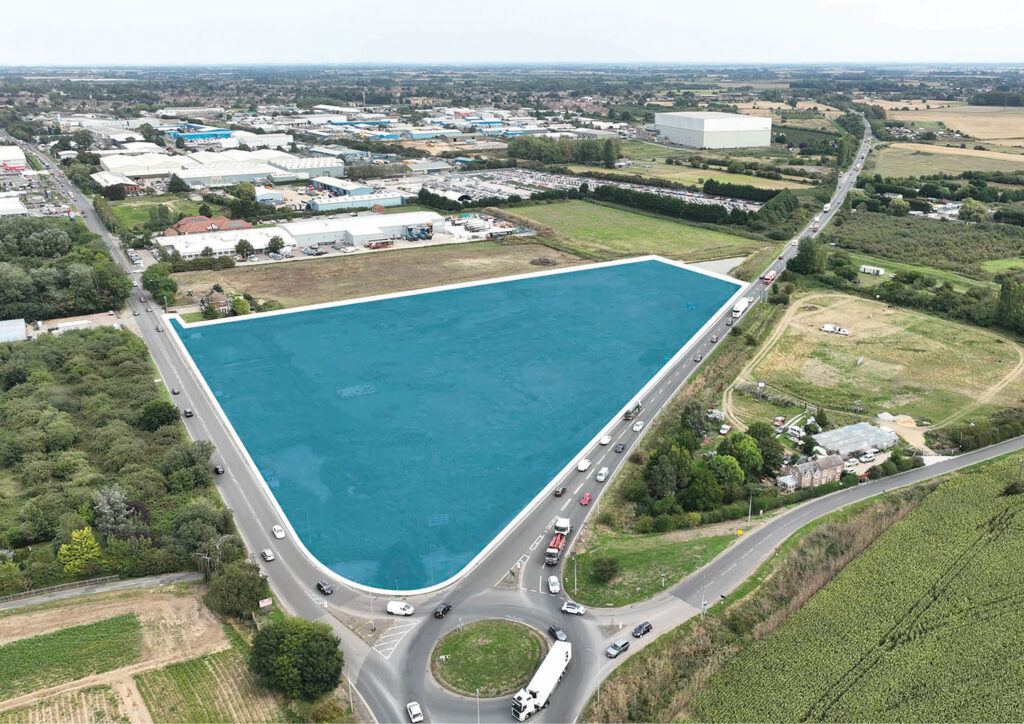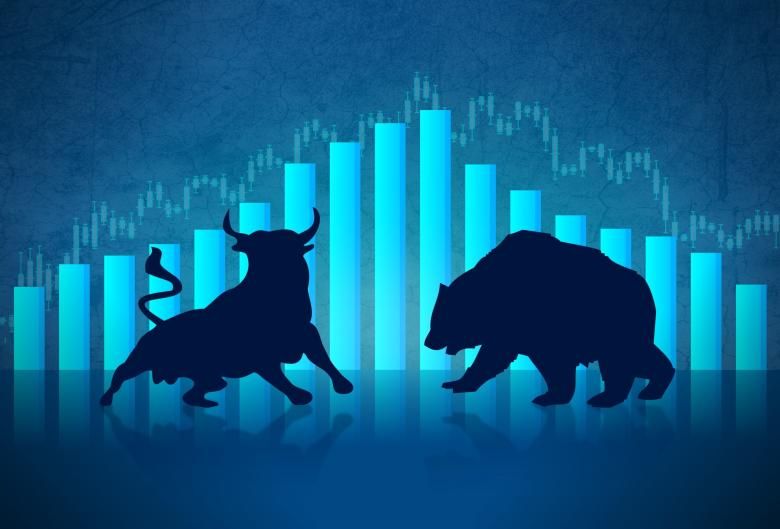Is buying, or investing in, luxury items always a wise decision?
Investing in luxury goods has long been an attractive alternative to investing in the stock market. A major perk of art as an asset, for example, is that its value doesn’t rise or decline with the stock market and, when sold in the future, offers the possibility of generating income or profit.
In 2014, jewellery outperformed both prime London property and equities. And in 2016, it was reported that a luxury handbag could be a better investment than gold.
We can understand why people are excited by the thought of investing in luxury goods; there’s a certain prestige attached, and luxury goods offer a possibility of cash returns. They are tangible and there’s the benefit of instant gratification, which doesn’t come with traditional investment options such as stocks and bonds.
However, is buying or investing in luxury items always a wise decision? Are diamonds and handbags really your best friends? Are paintings a worthwhile investment? Just like any other investment, luxury goods carry investment risks.
Also, there are additional factors to weigh up. In this post, we take a look at a few of the more troubling aspects of the luxury product industry to keep in mind.
If it isn’t exceptional, it isn’t luxury.
In 2017, the European Court of Justice (ECJ) ruled that luxury brands had a right to stop retailers selling their products on online platforms such as Amazon in Europe.
In doing so, they said: “the quality of luxury goods is not simply the result of their material characteristics, but also of the allure and prestigious image which bestows on them an aura of luxury”. In doing so, the ECJ essentially introduced a protection of the products’ integrity. The product, by maintaining its price point, retains exclusivity, and the brand retains its luxury status.
The 2017 Deloitte survey for global powers of luxury goods gathered data from 1030 high-end consumers in 11 countries to explore their attitudes toward luxury goods and their purchase behaviour when buying apparel and footwear, bags and accessories, cosmetics and fragrances, and jewellery and watches. Respondents had this to say:

Investment in luxury items from cosmetics and perfume to high fashion, luxury holidays, vintage cars and art attract those who view purchasing and investing in luxury goods as an essential part of their lifestyle.
Before making the decision to invest in luxury goods, however, it’s wise to be aware of the more troubling aspects of the luxury goods industry.
1. Should a diamond be forever… or forever avoided?
A number of challenges exist around working with gemstones and precious metals to produce the ever-increasing quantities of ‘bling’ with which we love to adorn ourselves. Not least of those challenges is the availability of raw products.
As diamonds become increasingly rare, their source becomes increasingly questionable with more gemstones being ‘manufactured’ in laboratories. Even natural diamonds can have a dubious history, be it infamous ‘blood diamonds’ or ecologically destructive mines that can lead to poverty and slavery.
If you decide to invest in diamonds, ensure you have valid certificates of authenticity and there is traceability of their origin. Technology is helping make significant headway in this area and, for example, consumers will be able to view a diamond’s entire journey thanks to block chain technology and mobile apps.
Diana Verde Nieto is the co-founder and CEO of Positive Luxury, the company behind the Butterfly Mark, a unique interactive trust mark awarded to luxury lifestyle brands in recognition of their commitment to having a positive impact on people and the planet.
Diana makes a compelling case that sustainability and social responsibility are no longer nice-to-have for luxury brands – they are now requirements.
“we’re out of gold basically (almost all the gold we use is recycled), various substances and ingredients in skin care are threatening the environment, diamonds are scarce, and exotic skins are in trouble…basically — and this is the big ‘a-ha’ — some of the raw materials, crucial to the luxury industry, are under threat.”
2. Fakes and counterfeit goods
According to the OECD, trade in counterfeit and pirated goods has risen steadily. As at 2019, it stood for 3.3% of global trade. As the OECD explains, trade in fake goods, which infringe on trademarks and copyright, creates profits for organised crime gangs at the expenses of companies and governments.
The majority of fake luxury goods seized at borders include watches, clothing, bags, jewellery and perfume. Countries most affected by counterfeiting include the United States of America, France, Italy, Switzerland and Germany.

Fakes undervalue the item as an investment
Using the internet to sell fake high-end goods is becoming increasingly popular. Many consumers are being duped, but there are also those actively seeking fakes. After all, if it looks and feels like an Apple watch, and everyone thinks you’re wearing an Apple watch, then the perceived kudos and status is the same. However, when it becomes difficult to sort the genuine from the fake, this undervalues the item as an investment.
There is a plethora of organised fraudster operations that very effectively pretend to be legitimate discount businesses. The web enables them to distribute their products across thousands of websites, making it extremely difficult to close down and expose counterfeit rings. Be aware of this when searching online to purchase or invest in luxury goods.
3. Art and authenticity
In 1986, John Myatt, a humble but unremarkable painter from Staffordshire, found he was able to paint like the masters. For nine years, he painted Braque, Matisse, Giacometti and Le Corbusier with such brilliance his paintings passed for the real deal.
A consumate con artist passed off Myatt’s forgeries, painted with a mix of vinyl emulsion and K-Y Jelly, to dealers, auction houses, collectors and world-class experts. Even though many of the forgeries were far from perfect and none of them were painted using authentic materials, the art community snapped them up. After all, regardless of their intrinsic beauty, owning a painting by such esteemed artists was a mark of social status.
Together, they fooled the entire art establishment, made a small fortune and, by supplying meticulously forged historical documents for each painting, possibly did irrevocable damage to the global art establishment. Scotland Yard called it ‘the biggest art fraud of the 20th Century’.
Behind this story is a valuable lesson: always check the authenticity of artwork before purchasing and never confuse an attribution with an authentication. This is just one of many things to know when authenticating art.
4. Luxury brands: increased standards and better ethics or just a higher profit margin?
In 2014, the Clean Clothes Campaign report highlighted a number of high-end brands including Dolce & Gabbana, Prada and Hugo Boss when discussing worker conditions in Turkey and former Soviet Eastern European countries.
This so-called ‘Euro-Mediterranean textile cluster’, aided by its ‘Made in Europe’ stamp, has become a fashion industry hub supplying garments to Germany and Italy among others, with many luxury sector customers.
So, while workers in the cluster produce clothing for Tesco and Primark, they also supply Versace and Dolce & Gabbana. For many of the workers, however, the gap between what they’re paid and what they need to lead a decent life is often greater in these European sectors than their Asian counterparts.
The luxury sector, bolstered by perceived ideals like ‘design’ and ‘craftsmanship’, are often assumed to operate outside this structure. However, behind all the glitz and glamour, the same factory workers toil in the same grubby working conditions.
It’s not only human beings who can suffer at the hands of some luxury brands. Have you ever wondered how the crocodile skins of a Hermès briefcase got to adorn your prized luxury possessions?
People for the Ethical Treatment of Animals (PETA) investigators have documented the appalling conditions animals are raised and killed in, all in the name of ‘luxury’. Alligators and crocodiles are crowded in terrible conditions for months or even years before being slaughtered, many inhumanely, for their skins. You can read more here.
5. Putting the ‘luxury’ into luxury properties
People who are wealthy will pay a premium for a property deemed to be superior; but perceived superiority isn’t the only factor that defines luxury properties – they need to be exclusive in a desirable way.
Add to that, a trophy address, such as NYC’s Park Avenue, adds value. But just how much are you willing to invest in bricks and mortar that comes with a bigger price tag?
Mark Fitzpatrick, CEO of RUHM Luxury Marketing, says when choosing a luxury home, it’s extremely important to think about the aspects of the property that can’t be changed.
“You can’t change the path of the sun, the location of the ocean or the fact that there is a flight path for large airplanes over your head”
Even more important to keep in mind is the entry point: in markets where prices are generally lower, you could need as little as half a million to own a piece of luxury real estate. To invest in most major cities, the entry point won’t be below a million.
Often, would-be luxury property owners get swept up in the emotion and adrenaline rush of the purchase; however, buying less house than you can afford is often a smarter move.
Investment takeaways
Although they have their place, luxury goods are not always the best investment option.
As with any investment opportunity, it pays to perform due diligence to ensure you are not purchasing an ethical nightmare, a pipe dream or a Trojan horse.
If you’re thinking about investing in luxury goods or would just like to talk to someone about investments in general, please speak to one of our team members today.




